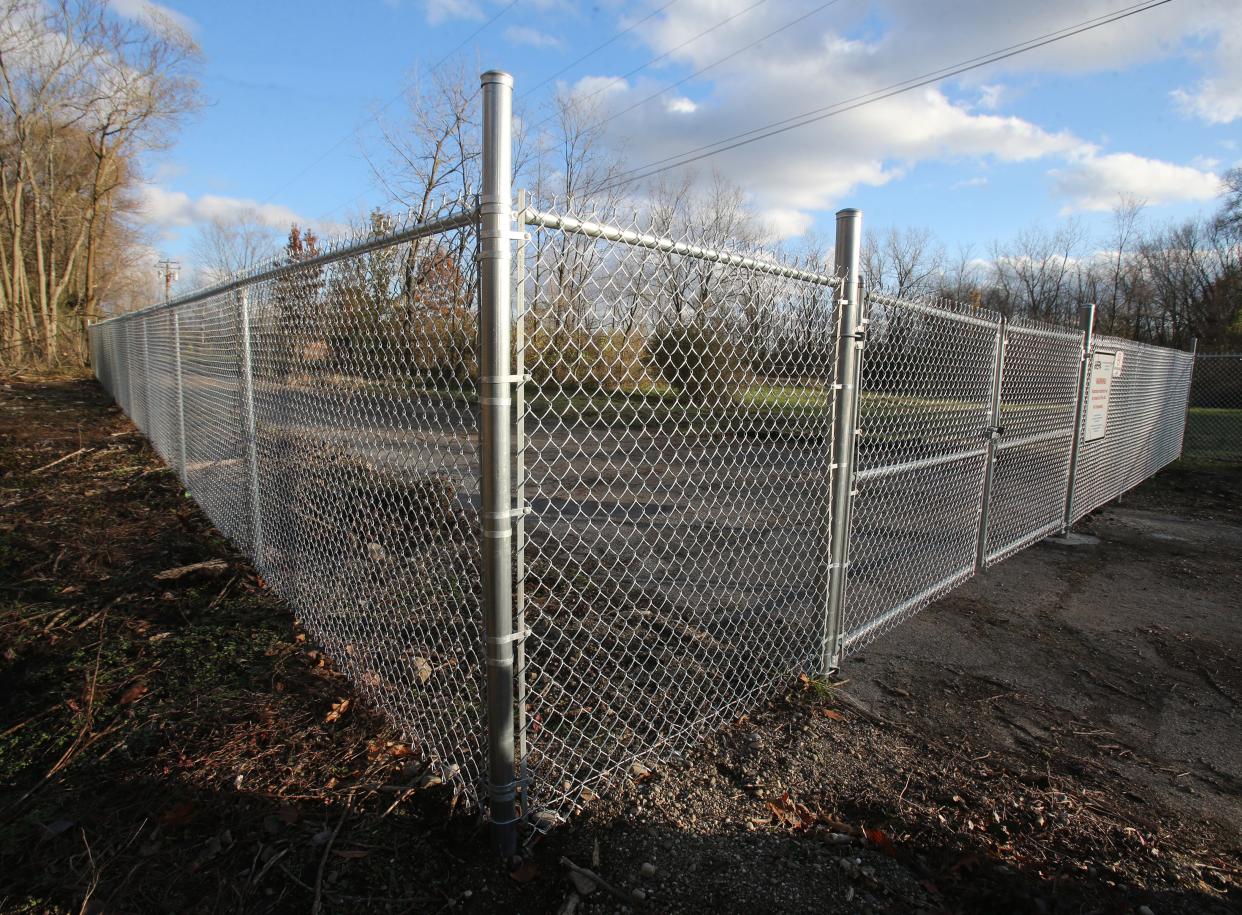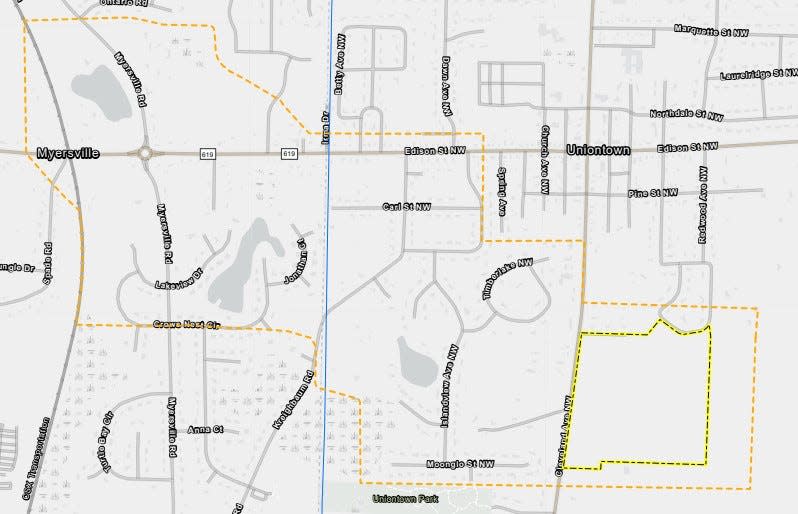EPA shifts focus to determining extent of former landfill's dioxane plume

LAKE TWP. − The U.S. Environmental Protection Agency's groundwater investigation around a former landfill has sampled about 110 private wells in the area and now will focus more on defining the extent of 1,4 dioxane contamination.
Dioxane primarily was used as a stabilizer in industrial, commercial and consumer products and is likely a human carcinogen, according to the EPA. It's considered an "emerging contaminant" that's become more easily detected with advances in testing.
The Potentially Responsible Parties (PRPs) ― companies associated with the operation and use of the former Industrial Excess Landfill ― were obligated to clean up the site and perform long-term monitoring. The landfill operated east of Cleveland Avenue NW and south of Hilltop Street NW from 1966 to 1980.
"With EPA oversight, the PRPs are transitioning from private well sampling efforts to plume delineation activities," EPA spokeswoman Rachel Bassler said in an email. "These activities include sampling surface water, drilling temporary boreholes, and installing permanent monitoring wells downgradient of the site in order to determine the size and distance of the 1,4-dioxane groundwater plume beyond the site boundary."

The investigation of private wells encircled the former landfill and extended northwest ― with boundaries approximately north of Uniontown Park and Crowe Nest Circle; south of Ontario Road and Northdale Street NW; and west to the railroad.
Dioxane was detected in 35 of the 110 private wells tested, Bassler said. They were used as either a primary water supply or for a secondary water supply, such as irrigation.
"To date, 27 homes have been connected to municipal water, with additional connections underway," she said.
Bridgestone, which is leading the PRPs response, is negotiating with Lake Township trustees and the city of Green regarding a water utility credit for residents who had to connect because of contamination.
Bassler said an interactive map of the investigation area should be complete by the end of this month and new data about the extent of the plume will be posted online at cumulis.epa.gov/supercpad as it becomes available.
Residents put on notice
Paul DePasquale, the Stark County director of environmental health, said the EPA and county Health Department have attempted to contact four property owners in the contaminated area since June by calling and knocking on their doors. Two of the owners have not allowed testing of their wells and the other two have connected to public water without abandoning their wells.
"The first letter I sent them was back in October," DePasquale said. "We never heard from any of the four until we sent out this recent letter in November."
The letters sent this month warn the residents of health risks and potential legal action if they do not allow testing or abandon the wells. DePasquale said one resident has agreed to the testing, and the department is trying to resolve the situation with other residents without filing a court complaint.
Deborah Dawson, assistant chief of the Civil Division at the Stark County Prosecutor's Office, said the next step toward legal action would be a public health order from county Health Commissioner Kirk Norris. If that doesn't work, Dawson likely would seek a court order against non-compliant homeowners and might consider a deed restriction to ensure future buyers are aware of the contamination.
"If a public health order is issued, then under (Ohio Revised Code) 3709-21, you can seek injunctive relief to enforce that public health order," she said.
Community distrust remains
One of the letters about abandoning a contaminated well was shared with Chris Borello, founder of Concerned Citizens of Lake Township. She said residents were allowed to keep their wells in the 1990s, despite groundwater contamination, if they had a backflow device.
"We want to know what has changed and why the tone, the threatening letter," she said.
Borello said residents might want to continue testing the wells because they don't trust the EPA and Health Department, based on their previous responses to community concerns about pollution from the former landfill.
"We don't think we're being told everything," she said.
Dawson, who also was present for the 1990s arrangement, said the current situation is different. If residents were to use the water to wash vehicles or water lawns, it could put the owner and others at additional risk of dioxane exposure.
DePasquale said the forever chemical can become aerosolized and be inhaled or can be absorbed by vegetation and ingested. There's no further testing planned at the wells, and the cost of abandoning them and connecting to a public water supply is covered by the PRPs.
The county is following the guidance of the Ohio Department of Health.
"They're saying these wells need to be abandoned because of the form of contamination that we're dealing with," DePasquale said.
Reach Kelly at 330-580-8323 or kelly.byer@cantonrep.comOn Twitter: @kbyerREP
This article originally appeared on The Repository: EPA examining dioxane at former Industrial Excess Landfill

